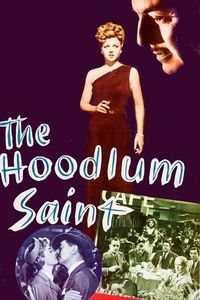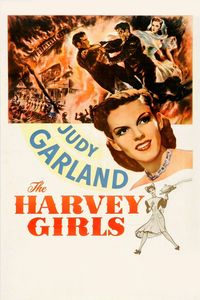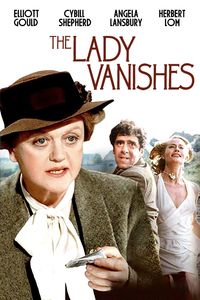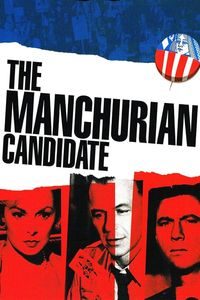The Hoodlum Saint (1946)
(On Cable TV, September 2021) Contemporary reviews of The Hoodlum Saint greeted the film with some suspicion — after all, both headliners William Powell and Esther Williams here play characters that noticeably part from their usual screen persona, in a story that’s not fun and games. Williams never sets foot in water — she plays a rather conventional love interest as a foil for Powell’s character — who’s an amoral conman who occasionally sees the light of doing good. Again, it’s not one of his usual roles: he’s a bit too cold, too hard, too criminal for it to qualify as a role fit for Powell’s persona. (Meanwhile, more contemporary viewers may be surprised by Angela Lansbury playing a nightclub singer who turns evil in the last act.) The story itself spans more than a decade as our two leads meet, fall for each other, see their paths diverse and then converge again. It takes us from the aftermath of The Great War all the way to the early 1930s, with an interesting portrayal of exuberant financial speculation in the lead-up to the Great Crash of 1929. Some of the plotting gets arbitrary and melodramatic, but the finale puts all of the pieces back in place. The Hoodlum Saint is not a terrible film: there’s usually something interesting going on, and Powell as a conman without his usual suaveness makes for a darkly compelling variation. Even in a conventional role, Williams proves herself to be more than an aqua-musical bathing beauty, while Lansbury gets a few good moments. But you can see the limits of the film and why it dangerously toys with expectations along the way. It probably plays better today than it did then, but it’s still not quite as good as it could have been.







